High MgO Blast Furnace Pellets
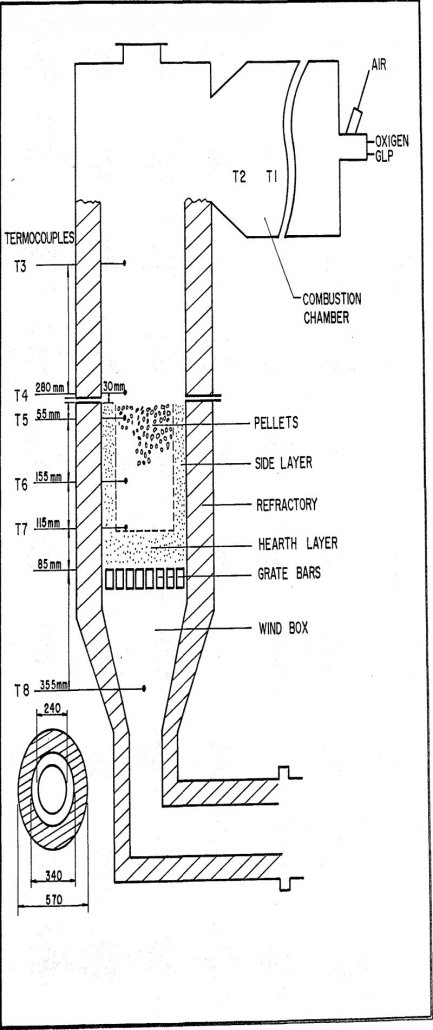
The pellets were produced in the pilot plant, and followed the steps bellow: – Definition of pellet chemistry – Model for high MgO blast furnace – Pellet production run Pellet chemistry was defined based on the fact that high MgO levels have the capacity to attain improved softening and melting characteristics. Therefore the chemical properties […]
How to Make Lead Metal by Molten Salt Electrolysis
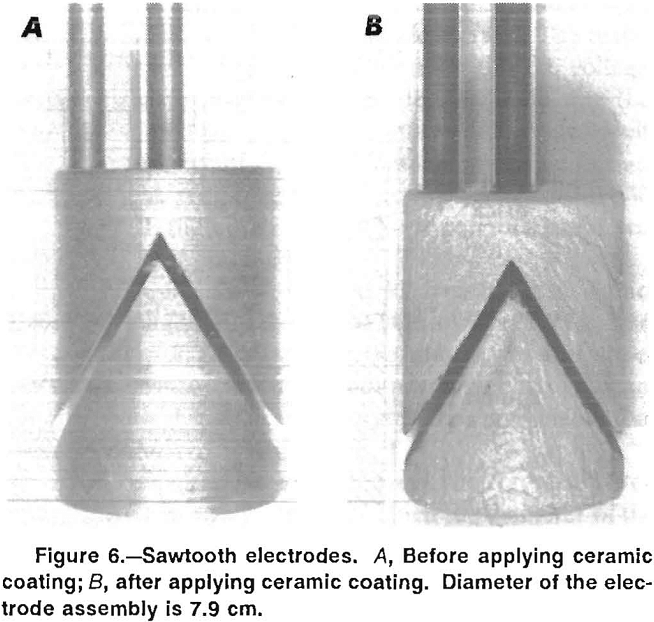
Molten-salt electrolysis of lead chloride is an integral unit operation in a ferric chloride leaching process that was developed by the U.S. Bureau of Mines for treating galena concentrates as an alternative to smelting. Prior to the Bureau’s work, several other investigators had studied molten-salt electrolysis of lead chloride. As part of the Bureau’s research […]
Recover Anhydrous ZnCl2 from Aqueous Solutions
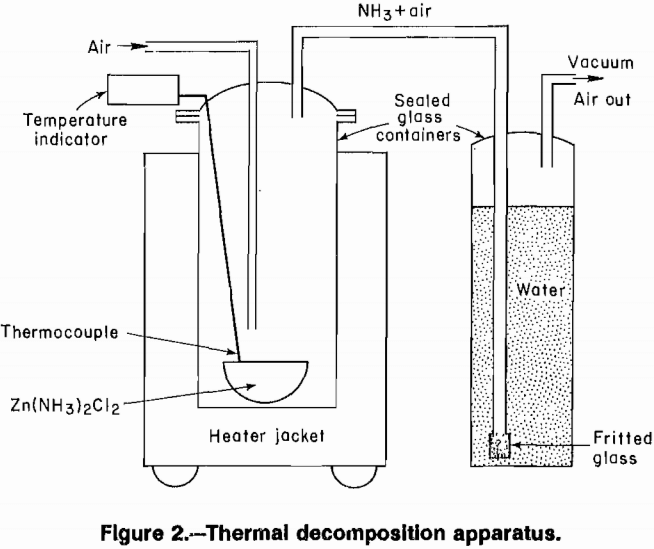
At the present time, zinc is produced commercially by a roast-leach zinc electrowinning process. The primary source is high-grade concentrates of the mineral ZnS. Concentrates must contain low levels of iron to avoid formation of zinc ferrites during roasting because zinc ferrites are not amenable to leaching and cause decreased zinc recovery. Also, SO2 is […]
Solvent Extraction – Predicting Equilibrium Values
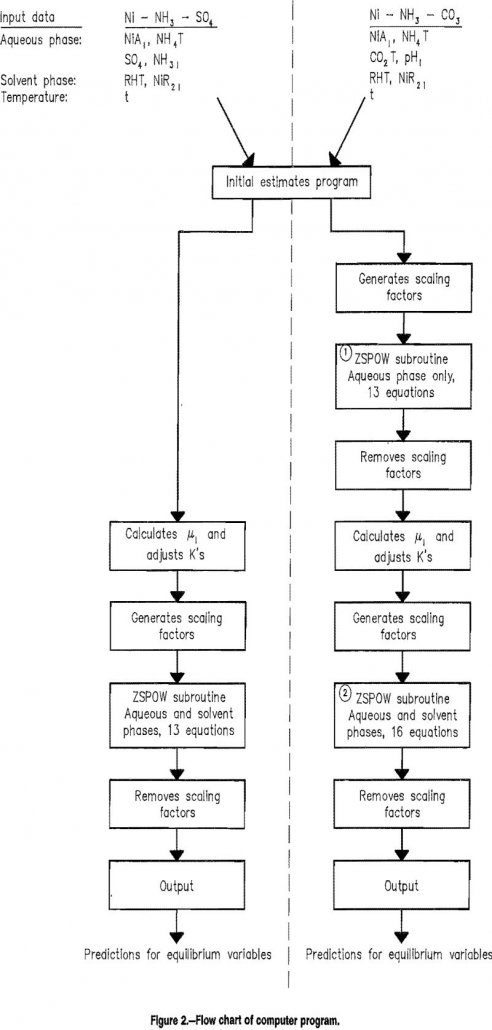
Trends in extractive metallurgy in recent years from milling and smelting of high-grade ores toward heap leaching and electrowinning of low-grade or marginal ores, have resulted in increased reliance on solvent extraction as a key part of profitable operations. Consequently, solvent extraction processes and reagents have been extensively studied, resulting in greatly improved techniques and […]
Multi-timbered Wood Crib Supports
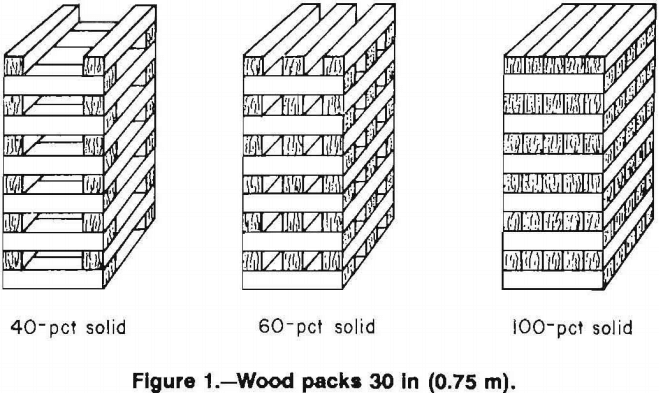
Wood cribs are used extensively by the coal mining industry in a variety of applications to stabilize mine openings. The U.S. Bureau of Mines is conducting research to evaluate the load-displacement characteristics of active and passive mine roof support systems, such as wood cribbing, so that the selection and design of these supports are compatible […]
Biosorption of Metal Contaminants Using Biomass
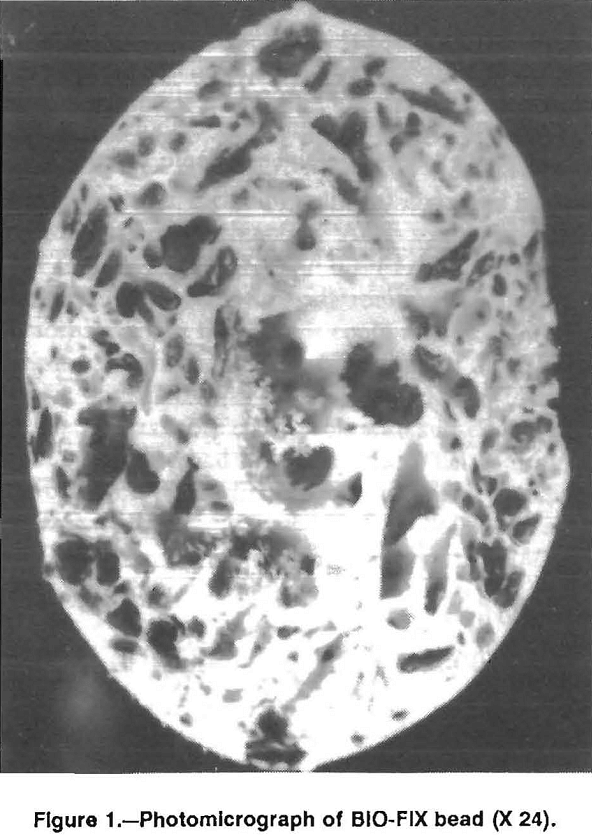
The removal of toxic metal contaminants from aqueous waste streams is one of the most important environmental issues facing the United States today. Although this issue has been addressed for many years, effective treatment options are limited. Chemical precipitation, ion exchange, reverse osmosis, and solvent extraction are the most commonly used procedures for removing metal […]
Cyanide Leach in Cold Temperatures
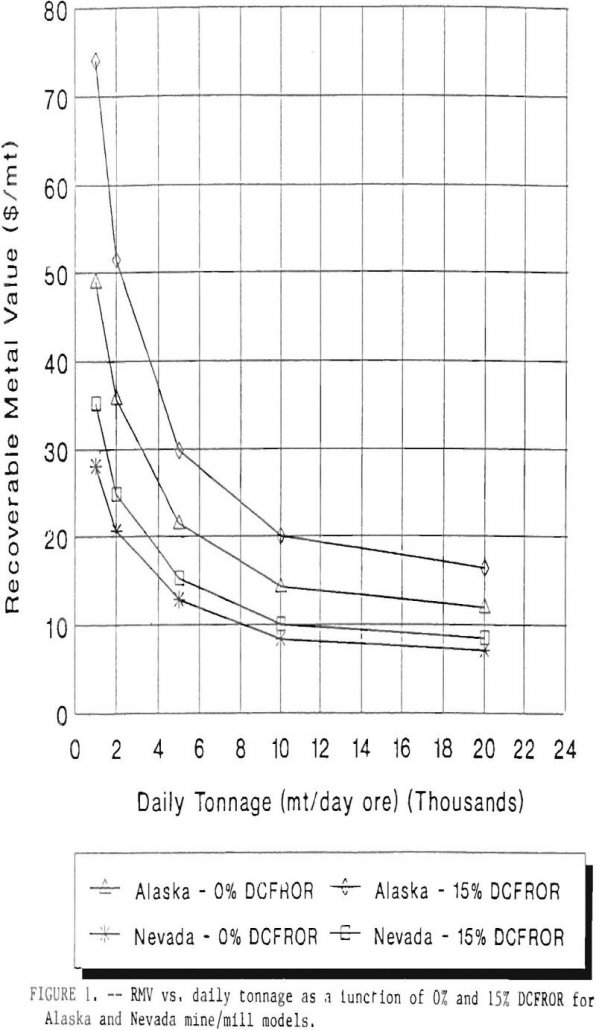
In October of 1987, the U.S. Bureau of Mines (Bureau) initiated a study on the applicability of cyanide technology to the Alaska mineral industry. The study included the collection and analysis of cyanide literature and leaching costs, as well as the generation of several generic feasibility studies. Although other methods of cyanide use in the […]
Tin Tungsten Mineralization
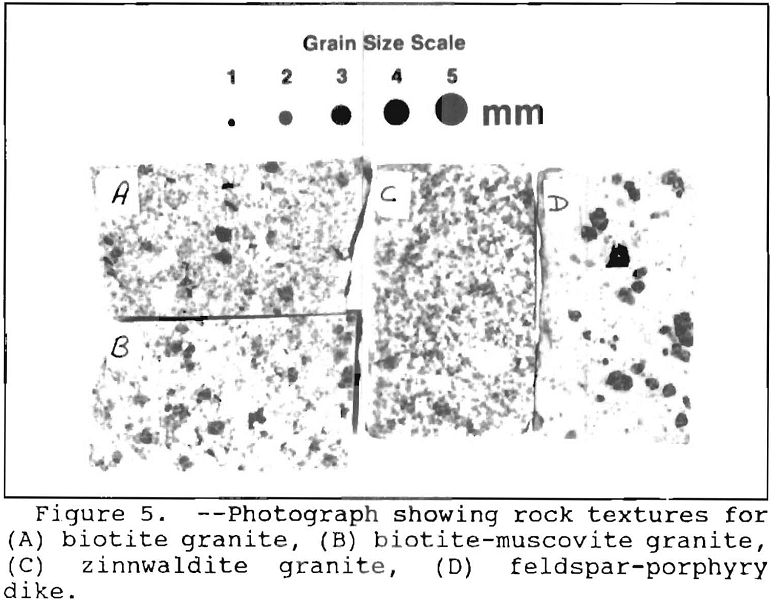
Tin and tungsten are critical and strategic minerals to the United States. The basis for such a designation exists in the historic and current (1989) net import reliance of these metals by the United States as a percent of apparent consumption. Estimates by the U.S. Bureau of Mines for 1989 indicate a 73% net import […]
Thiocyanic Acid in Ion Exchange & Solvent Extraction of Metals
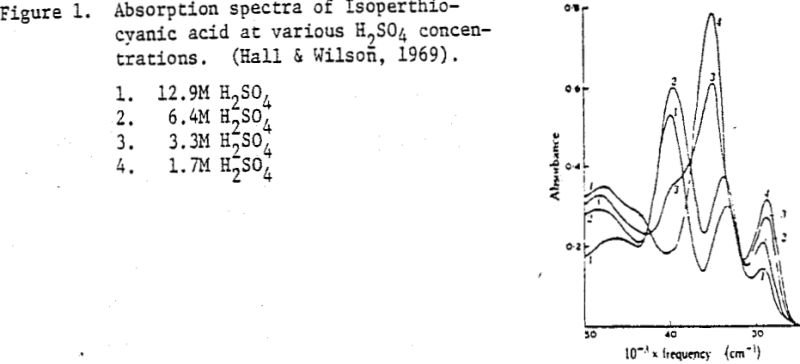
Metal separations and metal recoveries by ion exchange and solvent extraction of their thiocyanate complexes are widely practiced in analytical chemistry as well as in some industries. Consequently, a critical review of the chemistry of thiocyanic acid and thiocyanates is presented in the second part with the aim of providing a clearer understanding on the […]
Smelting & Refining Terms and Conditions – Typical Example
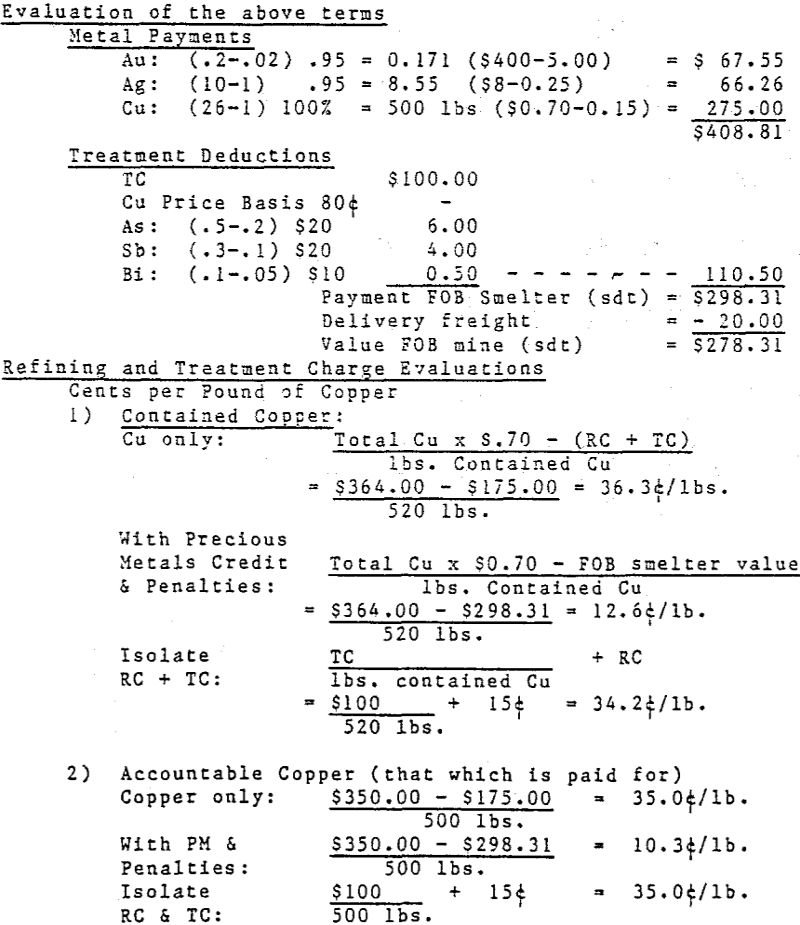
One of the most frequently asked questions is: “Where is copper (price and usage) going?” I will not attempt to forecast either the future price of copper or the future growth of the copper industry; rather I would like to discuss the current trends experienced in the smelting and refining terms and conditions for sales […]
